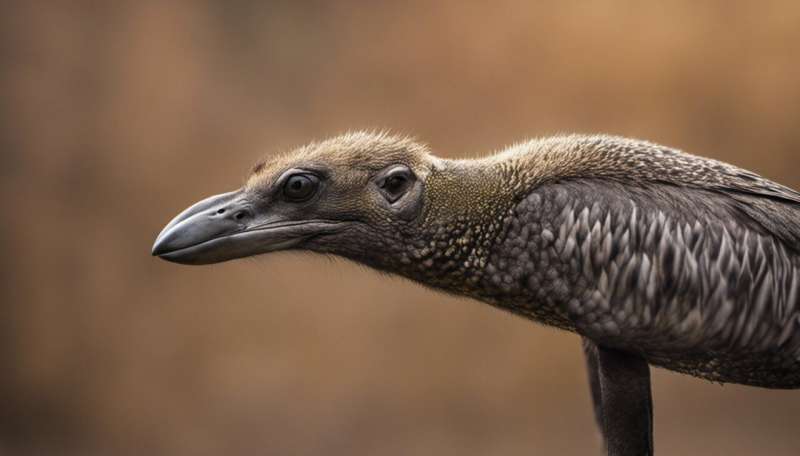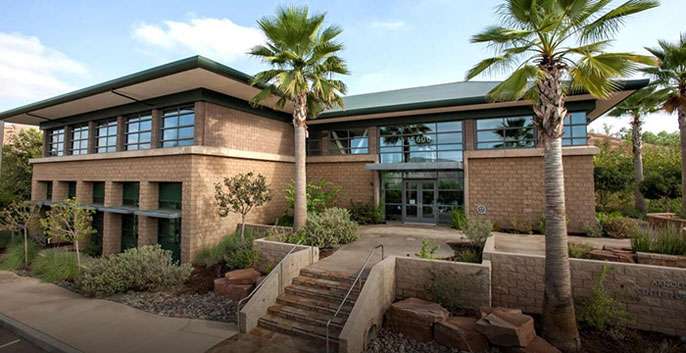New tool for fighting wildlife trafficking

A new tool for fighting wildlife trafficking developed by a team led by a UC San Diego mechanical engineering alum has been selected as the overall winner of the inaugural global "Zoohackathon" sponsored by the U.S. Government's Task Force on Combating Wildlife Trafficking.
Called WildTrack, the new text-messaging system was developed by a team led by Nick Morozovsky, who received his Ph.D. in mechanical engineering from UC San Diego in 2014.
Trafficking in poached and living wildlife is decimating populations of iconic animals such as elephants, rhinos, and tigers. At the same time, wildlife trafficking deprives some remote communities of local sources of protein. Morozovsky's team, who call themselves the Fab Lab team, first set out to tackle this set of difficult, interrelated problems as part of the San Diego regional zoohackathon competition in October. After winning that regional competition, the team moved on to the global competition.
The goal of the competitions is to address two of the three pillars of the task force's national strategy: reducing demand and increasing international cooperation. The winning team's technology will undergo further development with the goal of implementation in 2017.
Through Zoohackathon, leading conservation technology zoos in the United States, United Kingdom, Asia and the Pacific welcomed coders and programmers for a two-day session aimed at developing usable solutions to problems solicited from wildlife experts around the world on demand reduction. At the end of the hackathons, teams pitched their ideas to an expert panel of judges.

During the 36-hour hackathon in San Diego, Morozovsky and his team set out to improve upon a software tool known as Spatial Monitoring and Reporting Tool, or SMART, the most widely adopted solution for managing law enforcement, ecological monitoring and intelligence in protected areas. While SMART does extremely well at capturing the data collected by rangers and conservationists, no solution exists to enable local communities to report critical information such as poaching incidents, intelligence on poachers, wildlife trafficking and details of human-wildlife conflict.
"Many residents of protected areas don't have smartphones," said Morozovsky. "We created a system in which a user can report illegal activity by sending an SMS text message to a number we selected, and the content will be analyzed for language and keywords. The data will then be imported into an existing database for law enforcement."
The judges for both levels of the Zoohackathon selected WildTrack as the winning hack because it addressed the problem at a deeper level, is both sustainable and scalable, and user-friendly.
"We wanted to leverage the knowledge base in global tech hubs like London, Seattle and San Diego as well as mainstream hackathon culture to come up with solutions that would help stop wildlife trafficking," said Susan Cleary, director of Policy and Public Outreach in the U.S. Department of State's Bureau of Oceans and International Environmental and Scientific Affairs.

San Diego Zoohackathon
In addition to Morozovsky's group, two other teams from the competition in San Diego were global finalists.
Utkrisht Rajkumar, a third year computer engineering major at UC San Diego and his team decided to make a website and mobile app called Safe Souvenirs to educate international travelers about which products will be confiscated if they buy them and later try to travel with them. The website can be accessed from airport kiosks.
Rajkumar and computer science classmate Joshric Aurea connected with UC San Diego alumni Shannon Chamberlin (Ed.D., Teaching and Learning, '14) and Alicia Johal (B.S., Biology, '10) at the event on Friday night, after learning that Chamberlin's brother-in-law, also present at the event, had experience with iOS app development.
"Getting to work alongside industry professionals was really special because we got a different perspective," said Rajkumar, who participated in a San Diego student hackathon in 2015. "We wanted to come up with a solution that has impact right off the bat."
Another finalist from San Diego, Savvy Savanna, constructed low-fi, inexpensive detection units that could be easily placed within protected areas that would create automatic responses to SMART based on sounds (which could be tuned to gunshot-level decibels, etc. as needed). The group also included a Life Alert-like alarm button that could be inexpensively made and distributed to communities surrounding protected areas to allow anonymous reporting of poaching incidents. Savvy Savanna took third place in the competition.
"These were all nearly-complete/deployable technologies that are actually usable in most cases…all created in two days," said Cleary. "San Diego is home to a really excellent tech community that is very passionate about this subject matter."
Provided by University of California - San Diego















